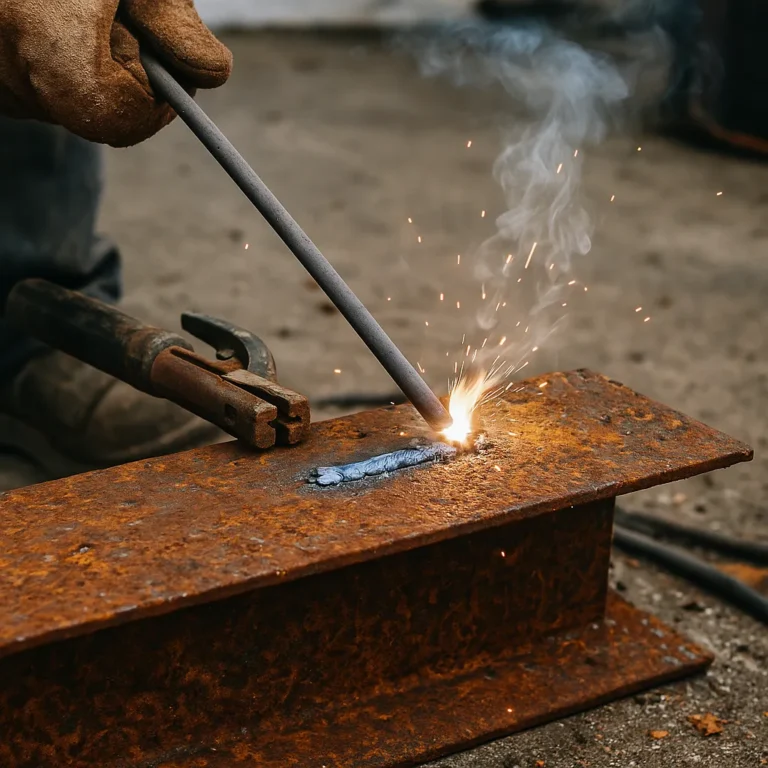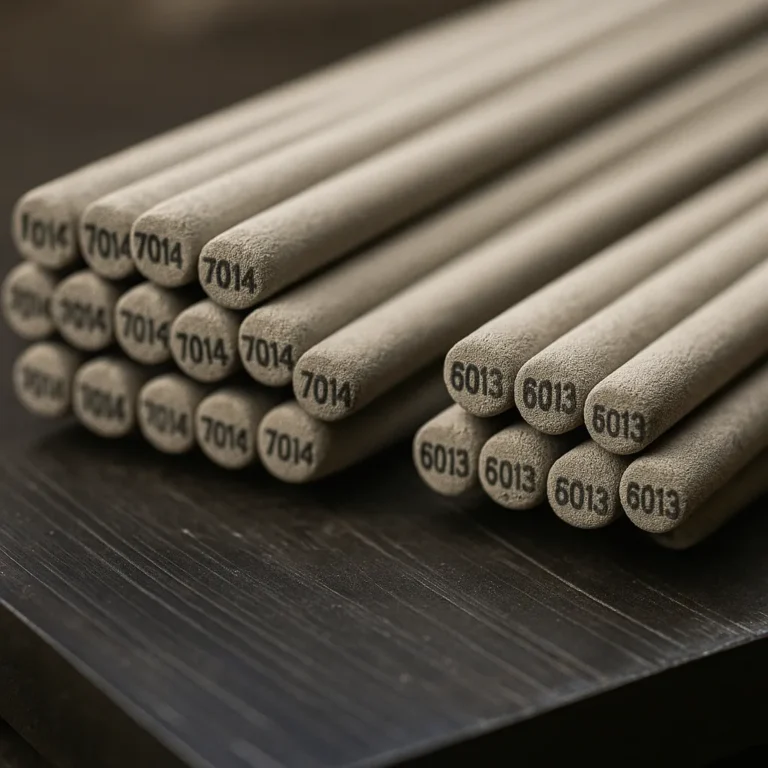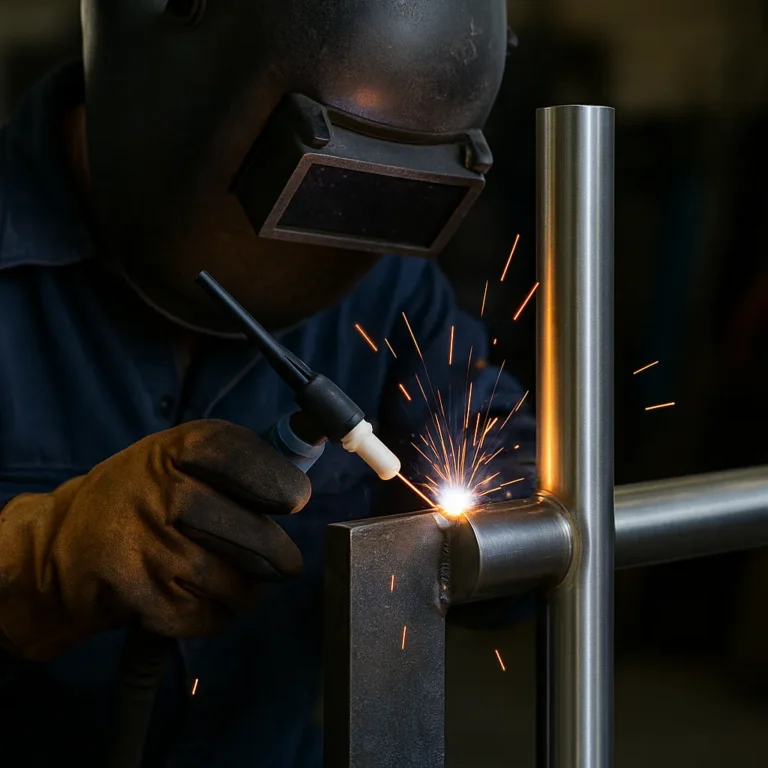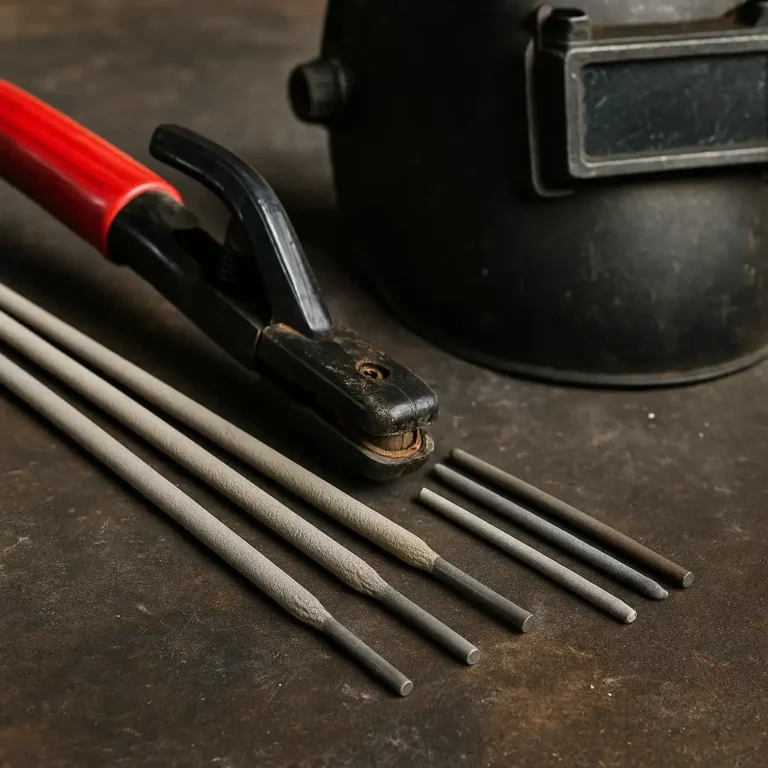Best Filler Rod for 304 Stainless – Reliable Picks for Clean Welds
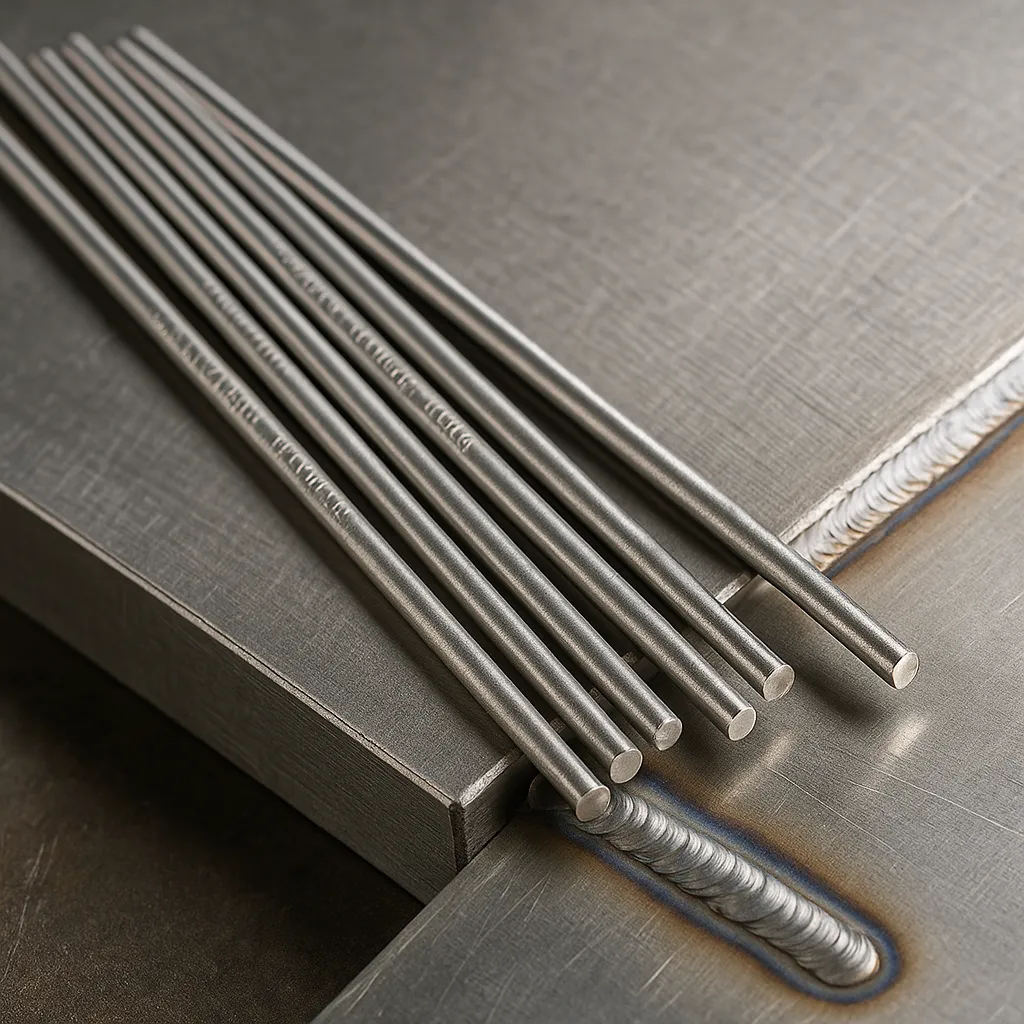
Disclosure: This post contains affiliate links. As an Amazon Associate, I earn from qualifying purchases—at no extra cost to you.
Last Updated: September 12, 2025
Welding stainless doesn’t leave much room for error. Run the wrong filler and you’ll deal with cracks, weak joints, or beads that don’t blend with the base metal. That’s why choosing the best filler rod for 304 stainless matters—especially with TIG work where strength and finish both count.
👉 New to filler rods? Our best welding rods guide breaks down the main types and when to use each.
💰 Check Price & Availability
Here are three stainless filler rods welders rely on for 304 stainless jobs.
View on Amazon – YESWELDER Stainless Steel TIG Welding Rod ER308L
View on Amazon – Blue Demon ER308L Stainless Steel TIG Welding Rod
View on Amazon – KUNWU Stainless Steel TIG Welding Rods ER308L
📋 Quick-View Comparison List
🔩 YESWELDER ER308L Stainless Steel TIG Rods
⚡ Strengths: Smooth arc, clean beads, reliable stainless match
🔧 Best For: Everyday shop use, 304 stainless TIG, light fab work
💲 Price Range: Affordable
⚠️ Limitations: Small pack sizes only
🔩 Blue Demon ER308L Stainless Steel TIG Rods
⚡ Strengths: Pro-grade quality, steady puddle, clean finish
🔧 Best For: Food-grade stainless, precision TIG, pro shop work
💲 Price Range: Mid-Range
⚠️ Limitations: Costs more than budget picks
🔩 KUNWU ER308L Stainless Steel TIG Rods
⚡ Strengths: Durable rods, steady feed, strong welds
🔧 Best For: Longer runs, shop and field use, multi-purpose stainless jobs
💲 Price Range: Mid-Range
⚠️ Limitations: Harder to find in stock
🔎 Strength & Crack Resistance
When you’re welding 304 stainless, filler choice decides if the weld holds up. Blue Demon ER308L puts down strong beads with tight puddle control. YESWELDER handles shop repairs and lighter stainless jobs fine. KUNWU does well on longer runs where you need rods that can keep pace.
👉 For more detail on how rods are labeled, our post on welding rod number meaning clears up what ER308L and 316 actually mean.
🔎 Ease of Use
YESWELDER rods light easy and run smooth, making them a go-to for daily TIG work. Blue Demon feels sharper—great when precision is on the line. KUNWU runs steady but may need a little machine adjustment to dial in.
👉 Looking for reliable machines? Our Forney welder reviews cover TIG models welders count on for steady performance.
🔎 Versatility
KUNWU rods work well in the shop or the field, so they’re handy when jobs move around. YESWELDER covers the everyday stainless work without fuss. Blue Demon is the rod you grab when welds need to be flawless, like in food-grade or medical builds.
👉 For comparison, check out our guide to 6061 aluminum filler rods to see how stainless differs from aluminum options.
🔎 Best Match for Welders
- Go with YESWELDER ER308L if you want an affordable everyday rod.
- Go with Blue Demon ER308L when you need pro-grade consistency.
- Go with KUNWU ER308L for bigger stainless jobs and long runs.
📦 YESWELDER ER308L Stainless Steel TIG Rods – Best for Everyday Shop Use
YESWELDER’s ER308L rods are simple and reliable. They strike smooth, run steady, and leave clean beads on 304 stainless. The only drawback is pack size—you’ll run out quick on big projects.
📦 Blue Demon ER308L Stainless Steel TIG Rods – Best for Pro-Grade Precision
Blue Demon is a shop favorite. These rods give you tight puddle control, strong welds, and beads that resist cracking. They cost more, but when quality matters, they’re worth the price.
📦 KUNWU ER308L Stainless Steel TIG Rods – Best for Larger Stainless Projects
KUNWU rods are built for long weld runs. They feed consistent, produce durable beads, and hold up well on stainless projects. Availability can be hit or miss, so grab them when you can.
🟢 FAQs
Q: Can I use 316 filler rod for 304 stainless?
A: Yes. ER308L is the standard, but 316 is used when extra corrosion resistance is needed.
Q: What’s the difference between 308L and 316 filler rods?
A: 308L is matched to 304 stainless. 316 adds corrosion resistance for tougher environments.
Q: Do stainless filler rods need special storage?
A: Absolutely. Keep them sealed and dry—contaminated rods weaken welds fast.
Q: What filler rod is most common for 304 stainless?
A: ER308L. It’s the standard choice across most shops.
✅ Conclusion
The best filler rod for 304 stainless depends on your work. YESWELDER is the everyday pick, Blue Demon brings pro-grade precision, and KUNWU handles larger projects. Choose the rod that fits your jobs, and your welds will stay strong and clean.


